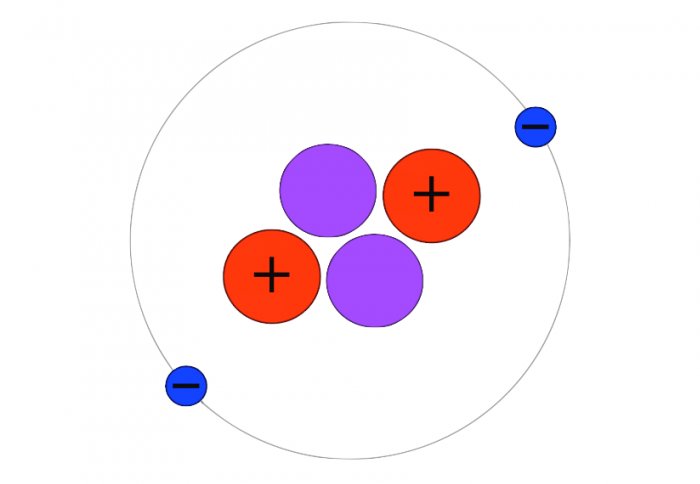The hunt for a supersolid takes a turn into two dimensions

The behaviour of atom-thick films of helium provides a new direction in the hunt for supersolids.
Liquid Helium-4 has the remarkable property that it can flow without resistance when it is within four degrees Celsius from absolute zero. This is known as superflow. Noble laureate Anthony Leggett suggested fifty years ago that there may be a state of matter that exhibits both superflow and crystallinity (solid properties).
The search for this ‘supersolid' was rekindled by experiments showing signs of superflow in high-pressure solid helium ten years ago, but definitive demonstration proved elusive. There have also been recent attempts to realize this phase of matter in ultracold atoms.
Now, in a paper published in Nature Physics this month, experimentalists at Royal Holloway University of London, working with theoretical physicists at Imperial College London and Rutgers University, have shown tantalizing signs of something exotic in helium films.

In particular, the first atom-thick layer of helium atoms that flows over a graphite landscape appears to possess superflow but at the same time does not behave anything like the classic theory for two-dimensional superfluidity - the Kosterlitz-Thouless theory, which won its authors the Physics Nobel Prize in 2016 on topological matter.
A theoretical team consisting of Andrew Ho (RHUL), Piers Coleman (Rutgers University) and Derek Lee (Imperial) have suggested that this may have the beginnings of intertwined superfluid and crystalline ordering. They proposed a wavefunction that could continuously go between these two states of matter.
This points to the loss of stable vortices that are the key ingredients that David Thouless and Michael Kosterlitz needed for their theory. Further theoretical work is necessary to find the underlying principles that control these systems on the road to the discovery of the supersolid.
-
‘Intertwined superfluid and density wave order in two-dimensional 4He’ by Ján Nyéki, Anastasia Phillis, Andrew Ho, Derek Lee, Piers Coleman, Jeevak Parpia, Brian Cowan & John Saunders is published in Nature Physics.
For more information see the announcement from RHUL.
Article text (excluding photos or graphics) © Imperial College London.
Photos and graphics subject to third party copyright used with permission or © Imperial College London.
Reporter
Hayley Dunning
Communications Division